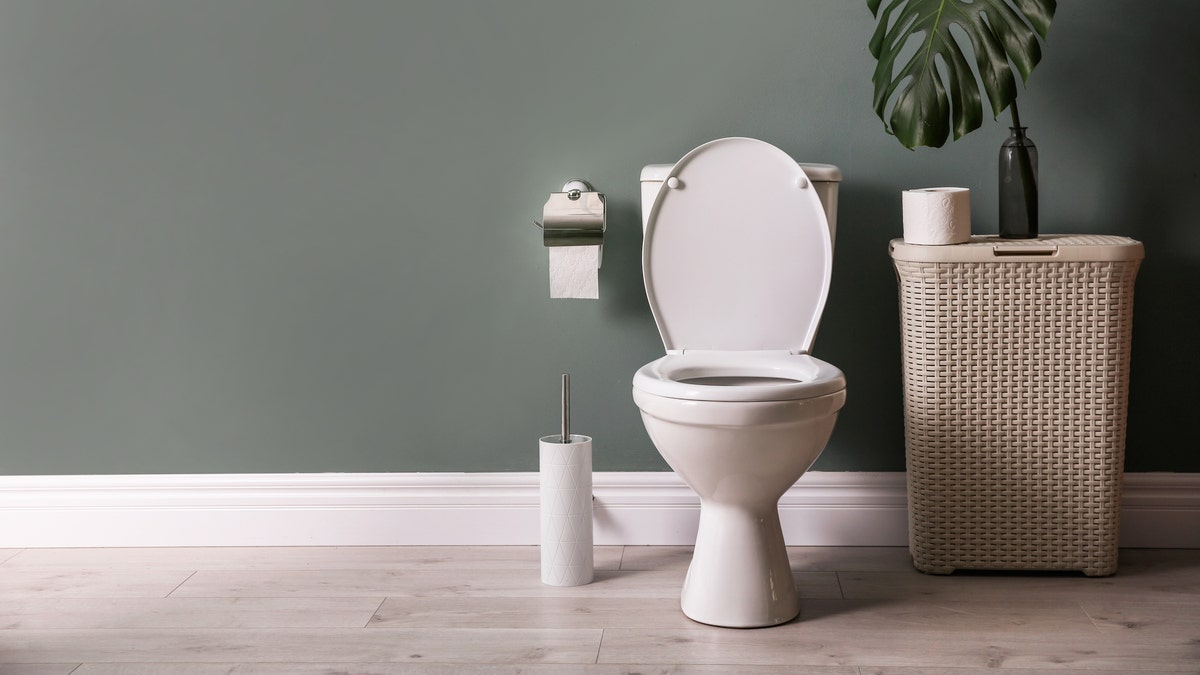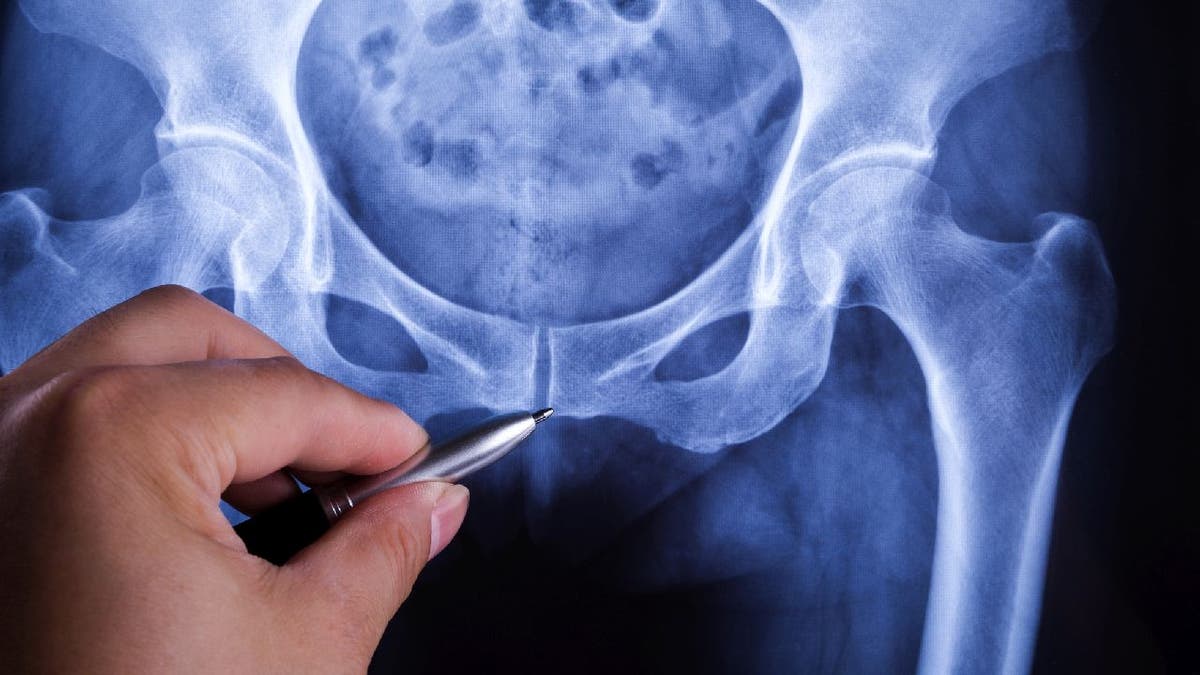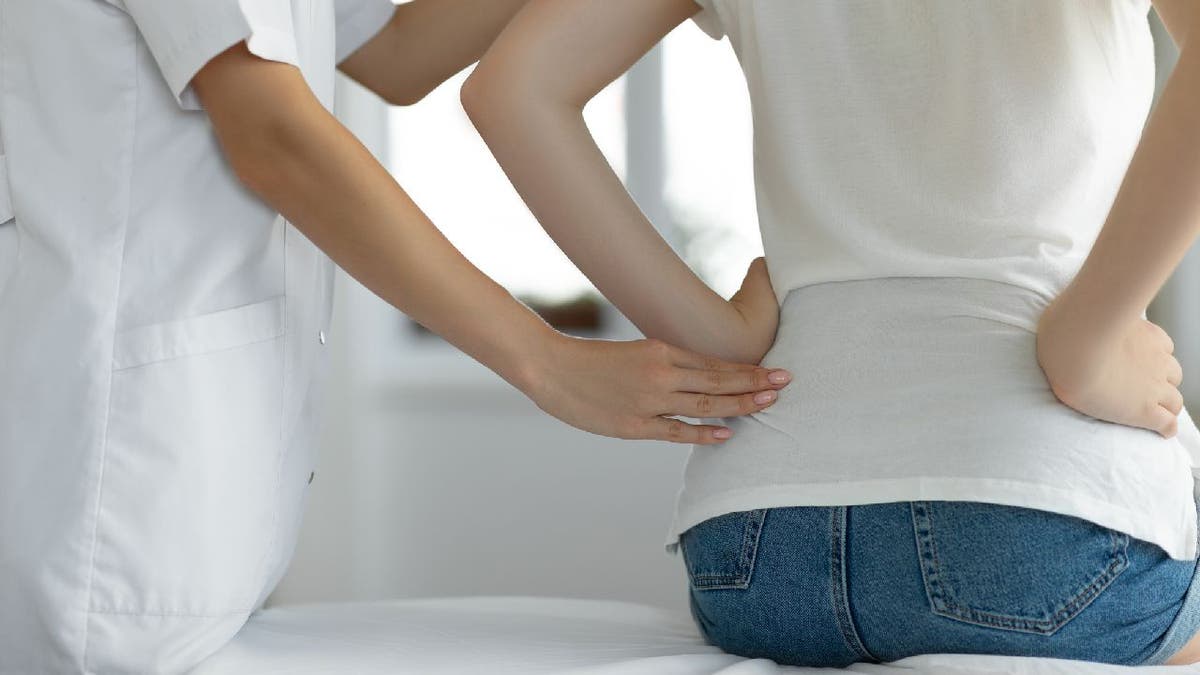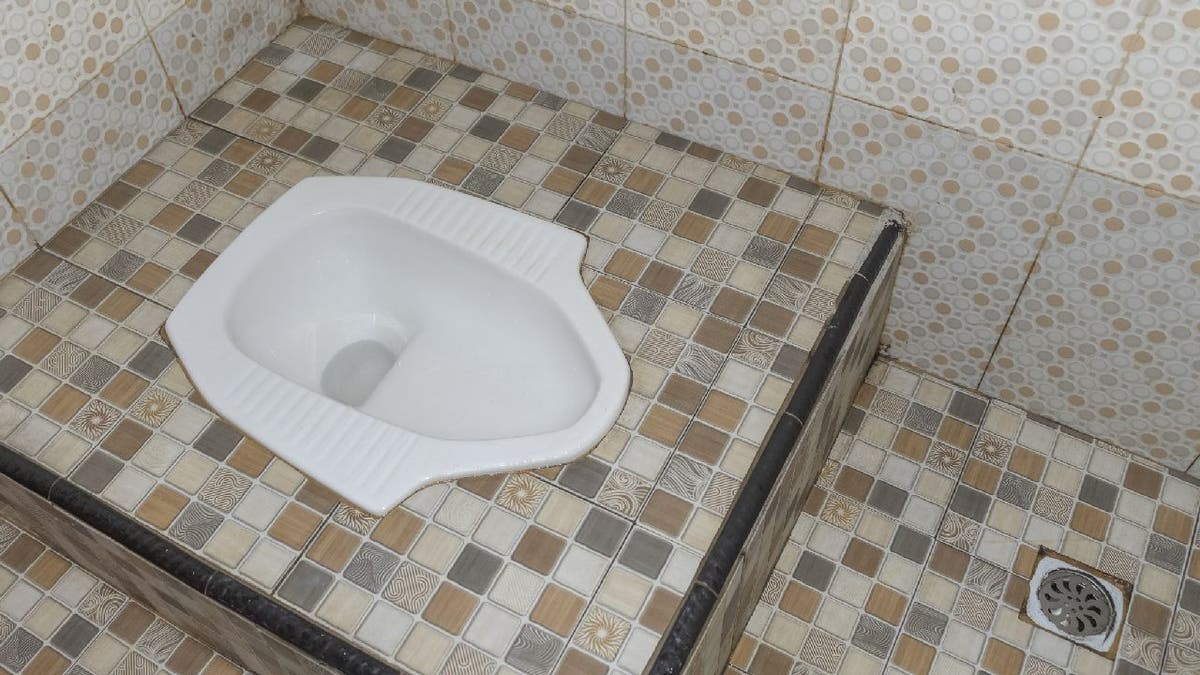Fox News Flash top headlines for December 9
Fox News Flash top headlines are here. Check out what's clicking on Foxnews.com.
Medical experts are sounding the alarm on the unfavorable effects that long bathroom visits have on the body, and it appears that mobile devices might be causing prolonged rest stops.
Two separate cell phone habit surveys suggest that seven in 10 Americans use the bathroom while using their phones.
A NordVPN survey from March 2022 said 70.8% of Americans admit to using their smartphones while on the toilet, according to a report the global virtual private network company published.
NOSE PICKING WAS ALWAYS GROSS — NOW A STUDY SAYS IT MAY LEAD TO LATE-ONSET ALZHEIMER'S
In June 2021, a consumer survey released by Vioguard, Inc., a Washington-based UV-C device sanitizing company, said 73% of Americans admit that they use their phones while on the loo. That number reportedly rose to nine in 10 (93%) when researchers looked at survey respondents between the ages of 18 and 29.
Dr. Aleece Fosnight, a urologist at Aeroflow Urology, a bladder control supply and catheter company in Buncombe County, North Carolina, told Fox News Digital that phones and similar entertainment devices provide bathroom goers "quiet time," however, the practice can inadvertently train the body to take longer to excrete waste.
"Distracting your brain from understanding what your body needs in terms of bathroom functions," Fosnight said.
Long bathroom trips can cause hemorrhoids and constipation
Sitting on a toilet for long spans of time on a regular basis can lead to excess pressure on pelvic organs, which can cause hemorrhoids, dysfunctional voiding and potential prolapse Fosnight said.
Hemorrhoids, a swollen vein or swollen group of veins that occur in the rectum and anus, can be caused by long toilet sitting, according to Fosnight.
SHOULD YOU DRINK WATER BEFORE BED? EXPERTS CHIME IN
"Because the toilet seat has a hole in it, there is no support to the perineum, and this causes the rectum to descend lower than the gluteus," Fosnight said. "When this process occurs, gravity sets in, and blood starts to accumulate in the lowest part of the body – the rectum."
"When blood pools in this area, the blood vessels dilate and blood clots can form, leaving you with the beginning stage of a hemorrhoid," Fosnight explained.

Pedestal toilets were reportedly invented in 19th century England. The style is commonly used in most of the Western world. (iStock )
Attempting to use the bathroom when a hemorrhoid is already present can cause strain on already dilated blood vessels, which worsens the condition, Fosnight said.
STRESS MAY BE THE CULPRIT BEHIND CROHN’S DISEASE, STUDY FINDS
Constipation, a condition that makes bowel emptying difficult, is another adverse effect that can happen from prolonged bathroom visits.
"In terms of digestion, constipation can occur secondary to outlet obstruction with not focusing on your body needs and relaxing the rectal sphincter to evacuate bowels," Fosnight said.
"The extra pressure on your ischial tuberosities (a V-shaped bone at the bottom of the pelvis) can cause numbness to the genitals, legs, and feet, especially if your feet are not flat on the floor," Fosnight added.
Musculoskeletal issues can happen as well
Dr. Grant Radermacher, a Brookfield, Wisconsin-based chiropractor at Ascent Chiropractic, told Fox News Digital that long bathroom breaks can take a toll on muscles, bones, joints and connective tissue.
Sitting for a long time can result in gluteal or pelvic bone pain, according to Radermacher.
OSTEOPOROTIC FRACTURES POSE SERIOUS HARM TO MEN, TOO: STUDY
"One such condition is something called ischial bursitis – or inflammation of the bursae that cushion your ‘sit bones.’" Radermacher said. "Your ischium bears most of your weight when you sit down and sitting on a hard toilet seat puts direct pressure on them, making them irritated and swollen."

An ischium is the curved bone that forms the base of each half of the human pelvis. A bursa is a fluid-filled sac that counter friction at a joint. Ischial bursitis is a condition where inflamed bursae in the ischial area cause pain. (iStock)
"People experiencing ischial bursitis usually complain of localized pain in the upper thigh and lower buttock, difficulty extending the hip, and sometimes even radiating pain down the leg," Radermacher continued.
Discomfort from ischial bursitis can usually be managed with ice, a non-steroidal anti-inflammatory drug and limited toilet time, he said.
Skin irritation can arise
Frequently sitting on a toilet seat for long periods of time can cause skin irritation.
Erum N. Ilyas, a Pennsylvania-based board-certified dermatologist at the Schweiger Dermatology Group, told Fox News Digital that plastic and wooden toilet seats have been found to cause contact dermatitis –an itchy rash that happens when the skin makes direct contact with an irritating substance or allergen.
5 WAYS TO IMPROVE YOUR DIGESTION

Long bathroom visits can cause lower back pain and skin irritation, experts warn. (iStock)
The rashes typically occur along the buttocks and posterior thighs if toilet seats are the source that caused contact dermatitis, Ilyas said.
"The cleaning agents and products used on the toilet seat can serve as a source of irritant contact dermatitis with prolonged contact," Ilyas added. "Residue left behind can break down the skin on prolonged contact and lead to significant irritation."
How long should bathroom visits be?
Recommended bathroom times vary by expert, but most agree that bathroom breaks shouldn’t be longer than a few minutes.
Fosnight told Fox News Digital that people shouldn’t "rush the bathroom process" because doing so can "cause dysfunctional voiding," including feelings of increased urgency and frequency.
At the same time, she recommends limiting bathroom time to no more than eight to 10 minutes.
"If you are unable to complete your pelvic organ functions during that time, there may be more going on with how your body is functioning and [you may need] to seek medical care," Fosnight said. "If you cannot have a bowel movement in that time frame, you may be suffering from constipation."

Bathroom visits that exceed 10 minutes are generally viewed as longer than necessary by medical experts. (iStock)
Increasing fiber and water intake and practicing belly breathing techniques might help a person "evacuate [their] bowels easier without having to strain or push," according to Fosnight.
Dr. Andrew Boxer, a gastroenterologist at Gastroenterology Associates of New Jersey, an integrated group practice, told Fox News Digital that voiding the bladder or bowels when the hits are a "healthy bathroom habit" versus delayed relief, which can cause chronic constipation.
CLICK HERE TO GET THE FOX NEWS APP
A report from Cleveland Clinic – an Ohio-based hospital and health news source – says five minutes should be the maximum time spent in a bathroom, according to Dr. Michael Valente, a colorectal surgeon at Cleveland Clinic.
Valente also advises people to leave mobile device, newspapers and books outside bathrooms, so bladder emptying and bowel movements can be done without distraction.
Dr. Maria Alexies Samonte, a board-certified pediatrician in Scranton, Pennsylvania, told the Geisinger Health System, a regional health care provider in the Keystone State, that bathroom visits should be limited to 10 minutes – especially for young children who are of potty-training age.
Bathroom posture: Which position is most efficient?
Some medical experts say there are three "defecation postures" that can be practiced in a bathroom, according to Healthline, a California-based health news company.
The three postures include sitting, sitting with hips flexed and squatting.

Pedestal toilets are designed for sitting rather than squatting. (iStock)
Healthline reports that sitting is the posture that’s commonly practiced in the western hemisphere due to the prevalence of high pedestal-style toilets. However, digestive researchers reportedly say sitting isn’t the most effective position because it "doesn’t allow for your rectal muscles to relax in a straight line."
FOLLOW US ON FACEBOOK FOR MORE FOX LIFESTYLE NEWS
Sitting with hips flexed away from the body at a 60-degree angle is believed to be slightly better than sitting because it may help "rectal muscles into a more neutral position" and reduce strain, according to Healthline.
Little research appears to have been done on this defecation posture, but digestive researchers say it’s likely not better than squatting.
Researchers say squatting is the best defecation posture because it’s a "natural human impulse" when emptying bowels, Healthline reports. Sitting on a toilet with knees raised and legs spread is reported to be an effective squat alternative.

Squat toilets, an old-style latrine, are still commonly used in Asia and Africa. Select countries in Europe and South America. (iStock)
Fosnight told Fox News Digital that she thinks toilet stools can "help to relax the pelvic floor, open up the sphincter muscles to allow bowel movements to empty easier without forcing or pushing."
CLICK HERE TO SIGN UP FOR OUR LIFESTYLE NEWSLETTER
Boxer said he doesn’t see a "need" for toilet stools, but the stools "do help to straighten muscles," which can help a person have a bowel movement or ease constipation.





















